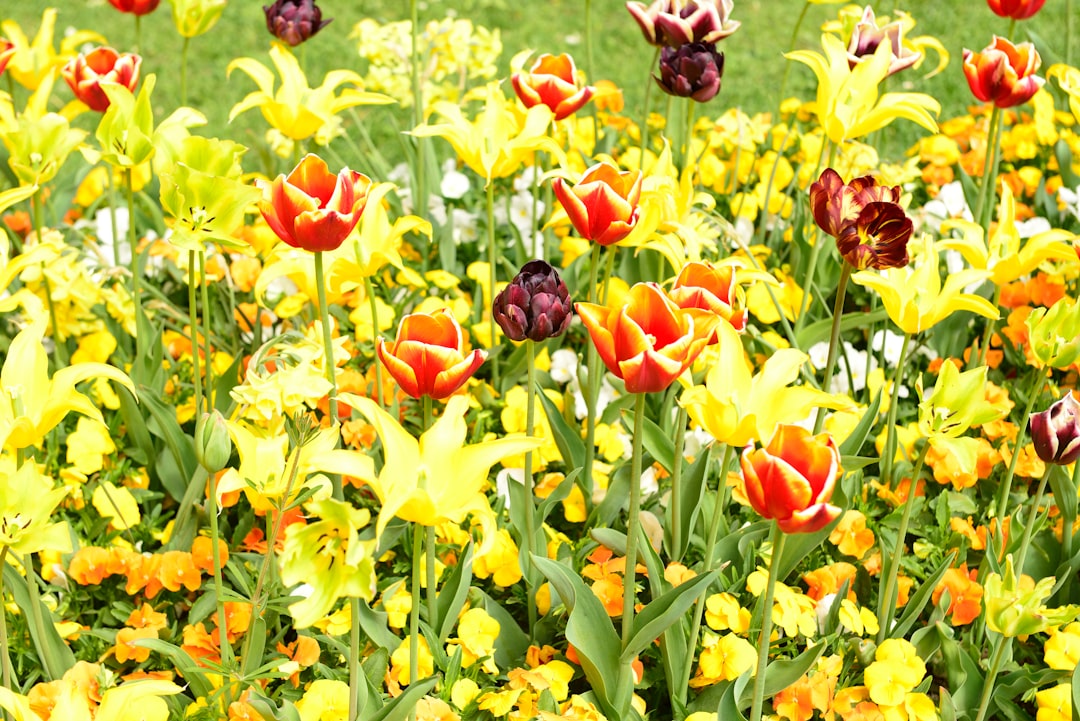The Secret to a Thriving Mazus Garden

Are you tired of the traditional lawn and looking for a more vibrant and eco - friendly alternative? Look no further than mazus, a low - growing spring - flowering groundcover that can transform your garden. In this article, we'll explore essential tips for growing mazus successfully.
Understanding Mazus
Mazus is a genus of perennial plants that are native to Asia and Australia. They are known for their charming, small flowers that bloom in spring, creating a carpet of color. The plants typically grow to a height of 2 - 4 inches, making them an ideal choice for a groundcover. Mazus comes in various species, each with its own unique flower color, ranging from white and pink to purple.
Choosing the Right Location
One of the first steps in growing mazus is selecting the right location. Mazus thrives in partial to full sun. However, in regions with extremely hot summers, some afternoon shade can be beneficial to prevent the plants from getting scorched. The soil should be well - drained. Mazus doesn't do well in waterlogged soil, as this can lead to root rot. If your soil is heavy clay, consider amending it with organic matter such as compost or peat moss to improve drainage.
Soil Preparation
Before planting mazus, prepare the soil thoroughly. Start by removing any weeds or debris from the area. Loosen the soil to a depth of about 6 - 8 inches using a garden fork or tiller. Mix in a generous amount of organic matter, which not only improves drainage but also provides essential nutrients for the plants. A soil pH between 6.0 and 7.0 is ideal for mazus. You can test your soil's pH using a home testing kit and make adjustments if necessary by adding lime to raise the pH or sulfur to lower it.
Planting Mazus
When it comes to planting mazus, you can start from seeds or purchase young plants from a nursery. If starting from seeds, sow them indoors about 8 - 10 weeks before the last frost date. Press the seeds gently into the soil surface, as they need light to germinate. Keep the soil moist but not soggy. Once the seedlings have developed a few sets of true leaves, they can be transplanted outdoors after the danger of frost has passed.
If you're using young plants, space them about 6 - 8 inches apart. Dig a hole slightly larger than the root ball of the plant, place the plant in the hole, and backfill with soil. Firm the soil gently around the base of the plant and water thoroughly.
Watering and Fertilizing
Proper watering is crucial for the health of mazus. Water the plants regularly, especially during dry spells. However, avoid over - watering, as mazus is sensitive to waterlogged conditions. A good rule of thumb is to water deeply but infrequently, allowing the soil to dry out slightly between waterings.
Fertilizing mazus can help promote healthy growth and abundant flowering. Apply a balanced, slow - release fertilizer in early spring, following the manufacturer's instructions. You can also add a layer of compost around the plants once a year to provide additional nutrients.
Pruning and Maintenance
Mazus is a relatively low - maintenance plant. After the flowering period is over, you can trim back the spent flowers to encourage new growth and a neater appearance. In the fall, you can cut back the foliage to about an inch above the ground to prepare the plants for winter. Remove any dead or diseased leaves throughout the growing season to prevent the spread of pests and diseases.
Pest and Disease Control
While mazus is generally resistant to most pests and diseases, it can still be affected by some common issues. Slugs and snails may be attracted to the tender foliage. You can control them by using slug baits or creating barriers around the plants. Powdery mildew can sometimes occur, especially in humid conditions. To prevent this, ensure good air circulation around the plants and avoid overhead watering.
Using Mazus in Your Garden
Mazus is not only a great lawn replacement but also a wonderful addition to rock gardens, borders, and containers. Its low - growing habit and colorful flowers can add a touch of charm to any garden setting. You can also combine mazus with other spring - flowering perennials such as pansies and violas for a more diverse and eye - catching display.
In conclusion, growing mazus can be a rewarding experience. By following these essential tips, you can create a beautiful and thriving mazus garden that will be the envy of your neighbors. So, why not give mazus a try and transform your outdoor space into a colorful oasis?